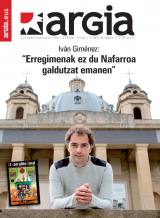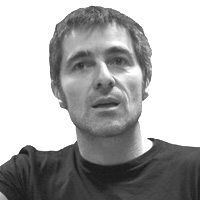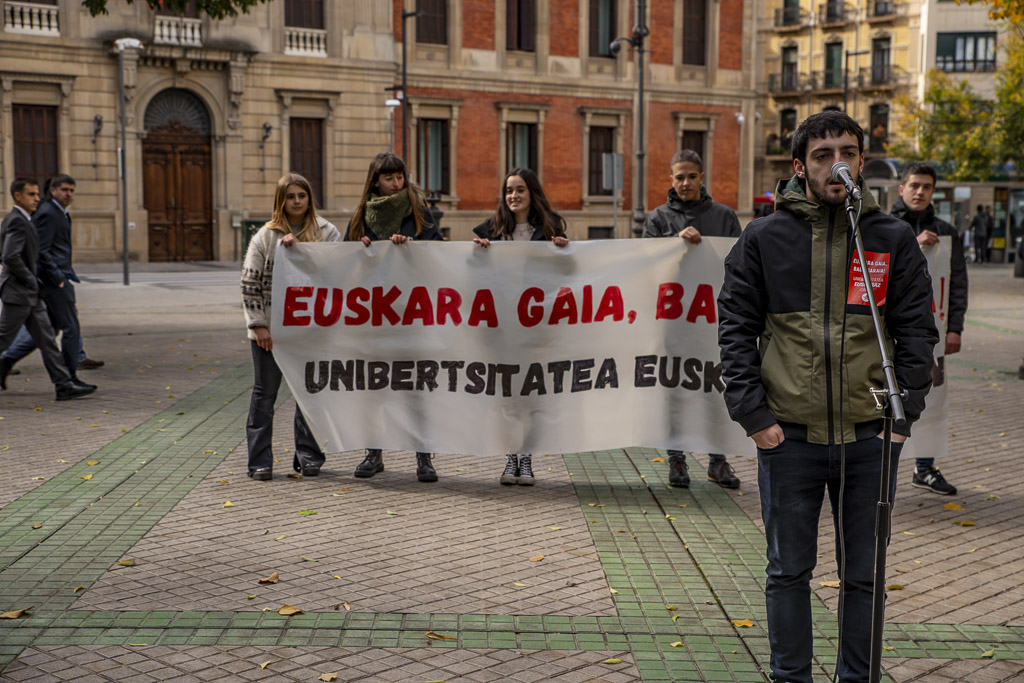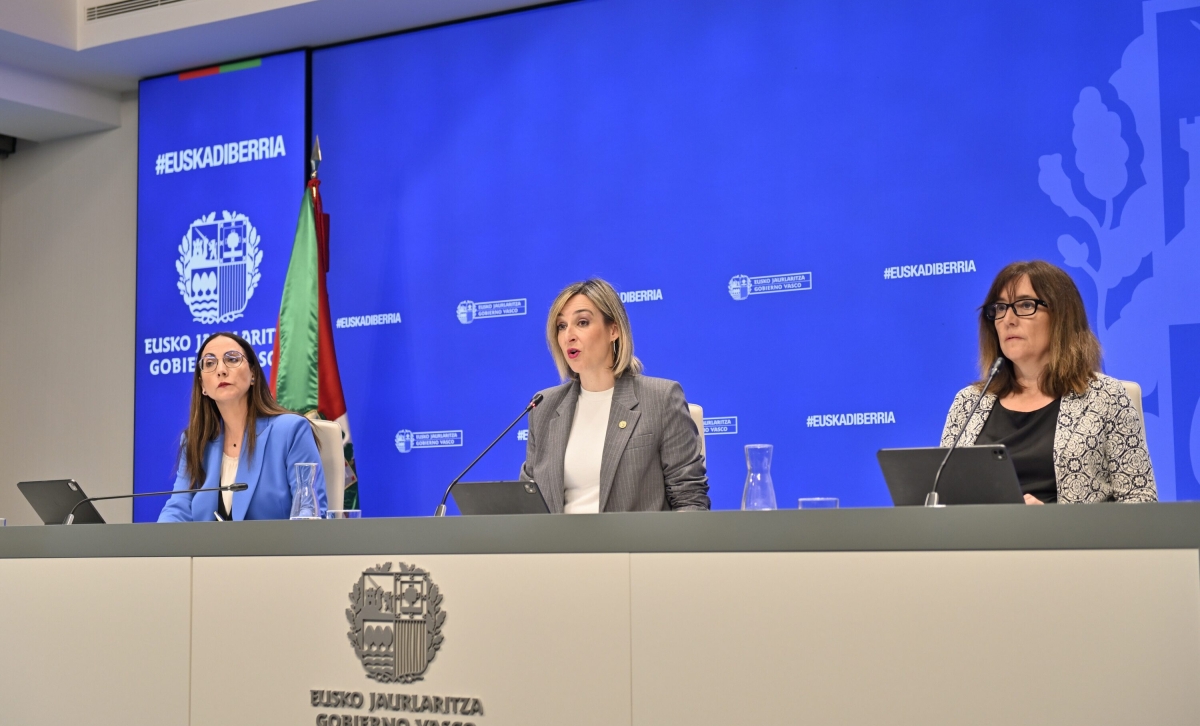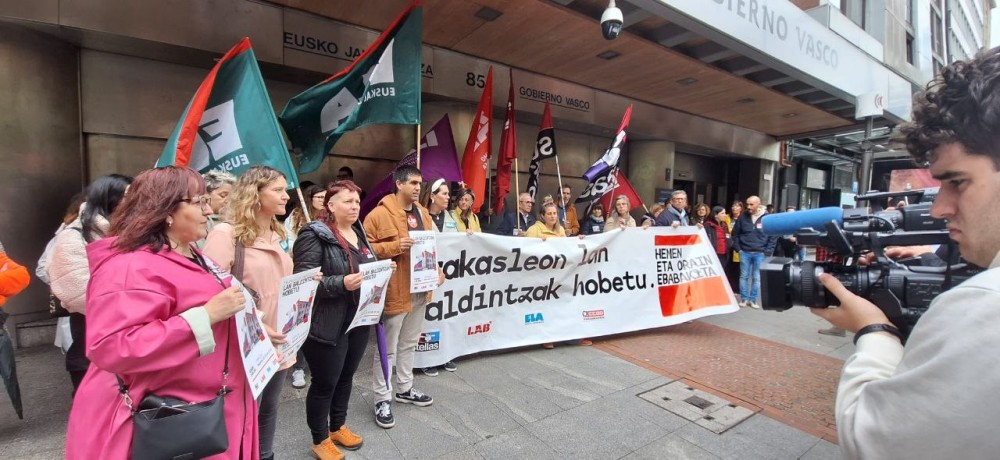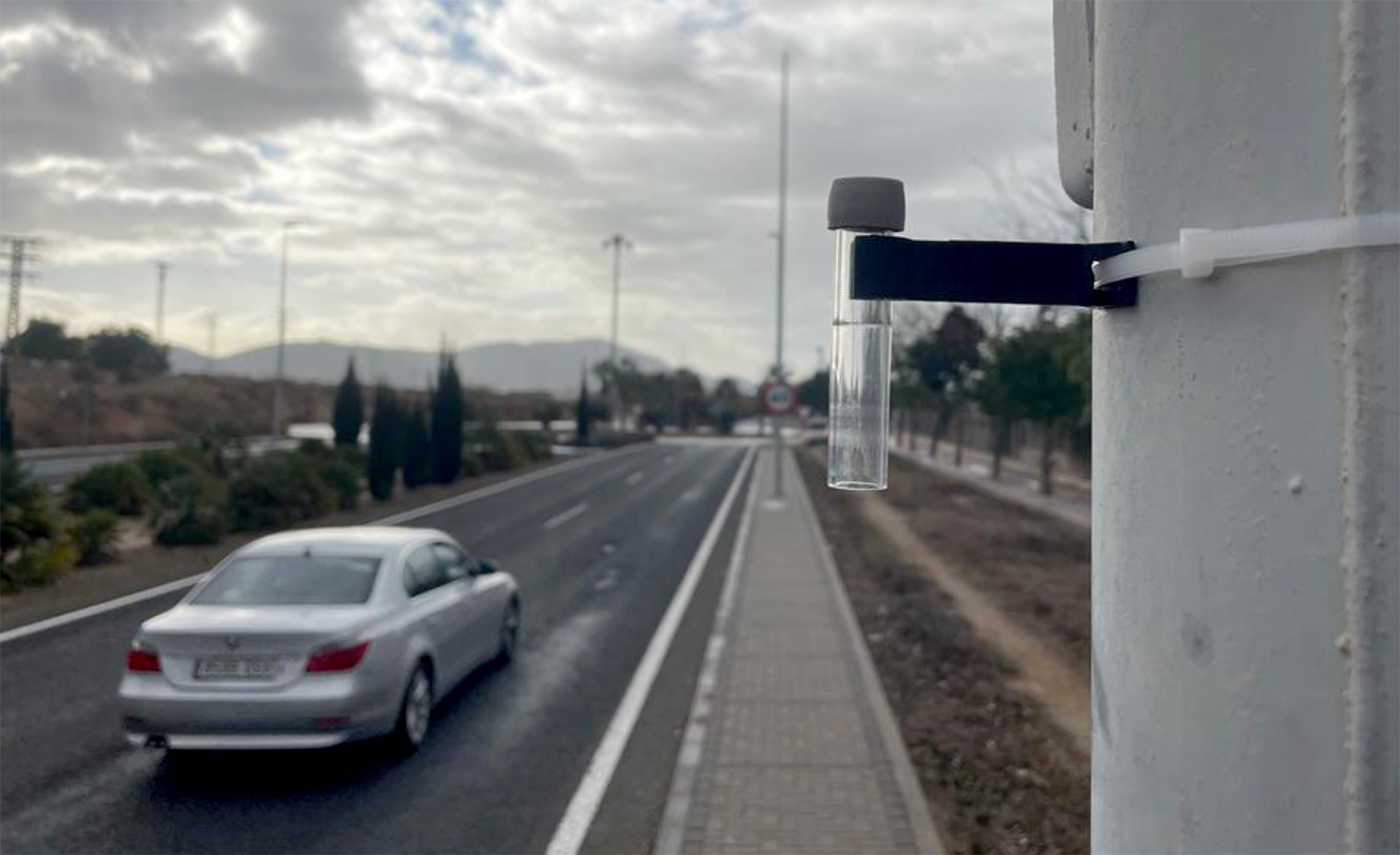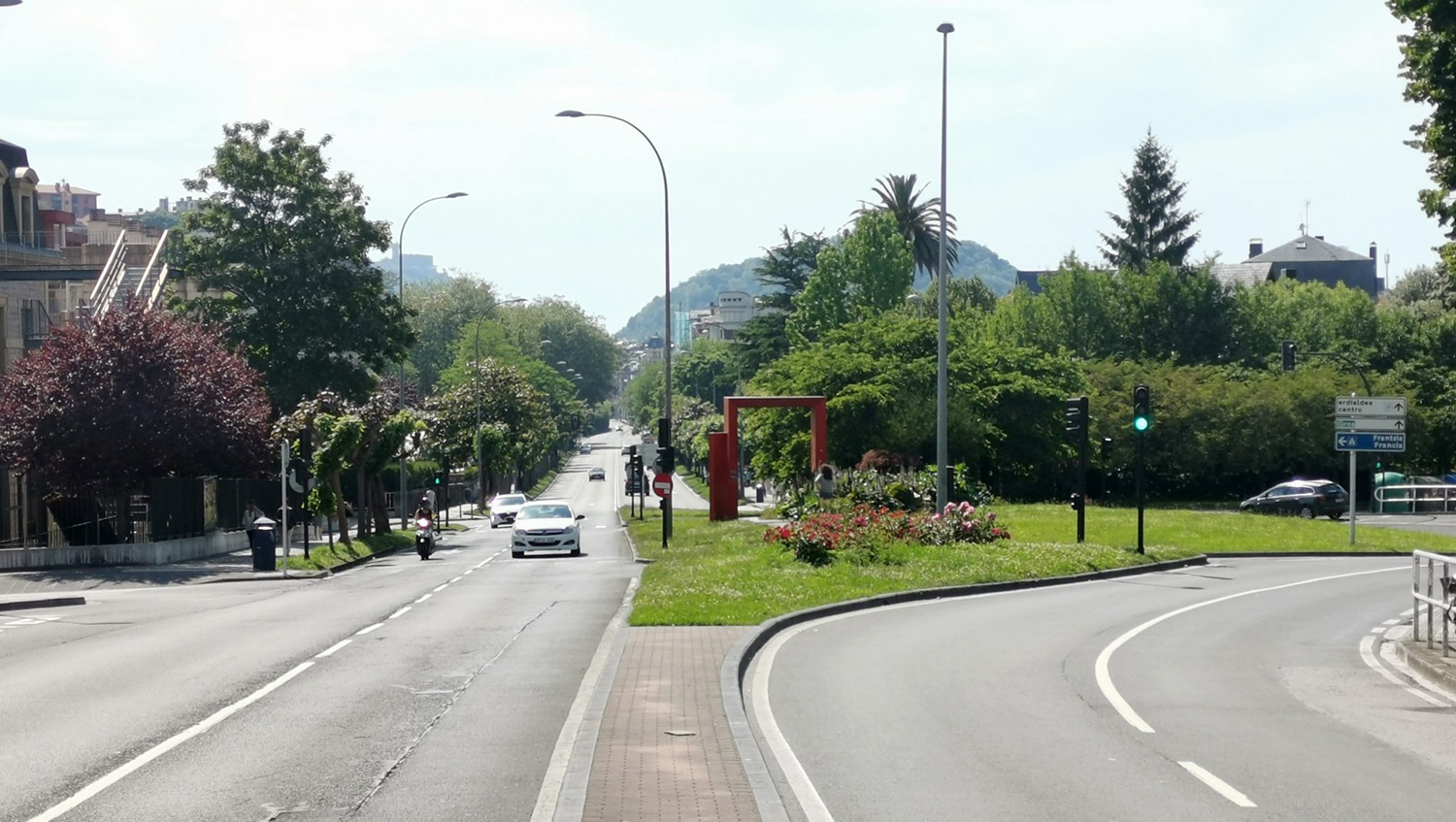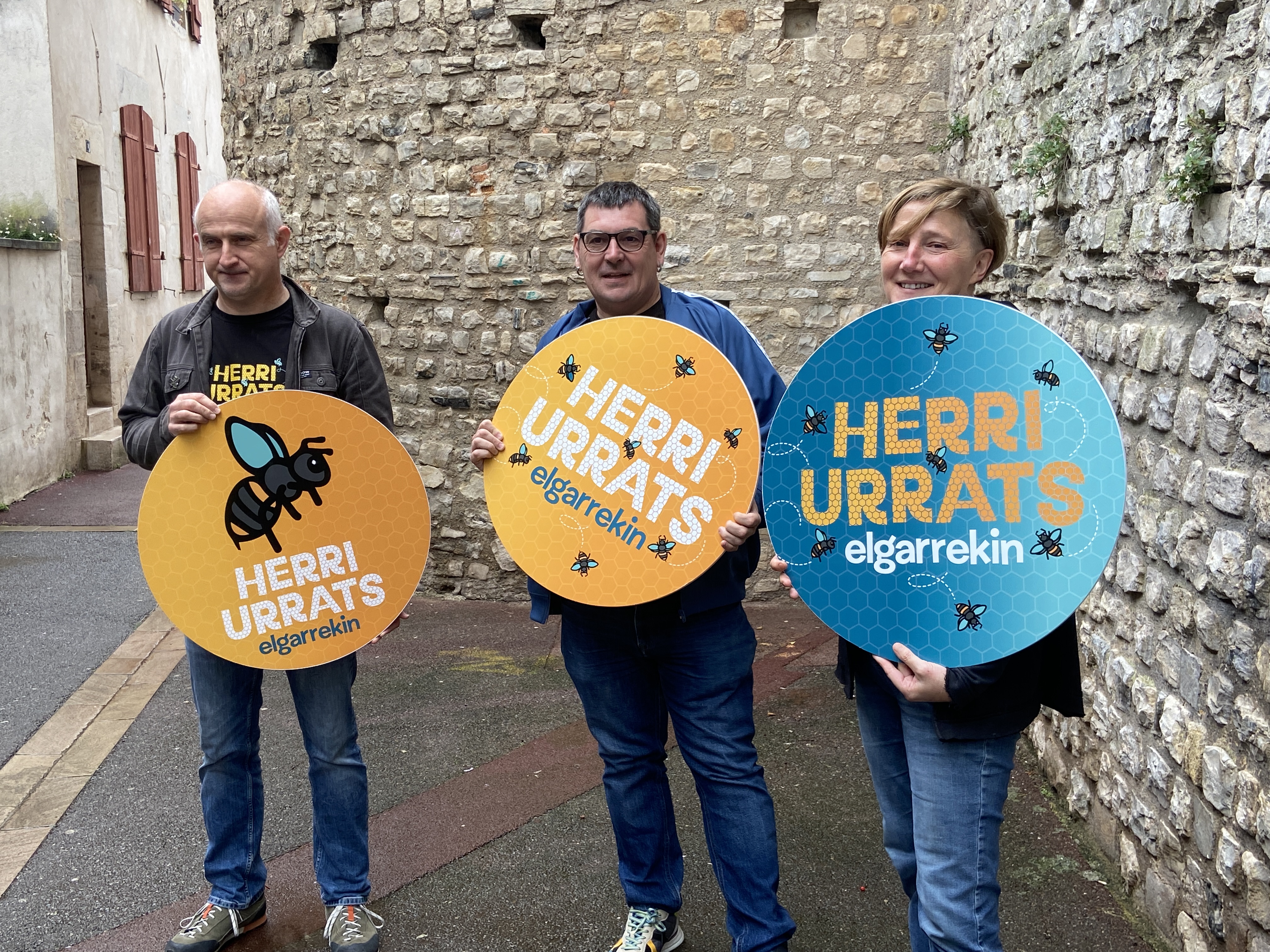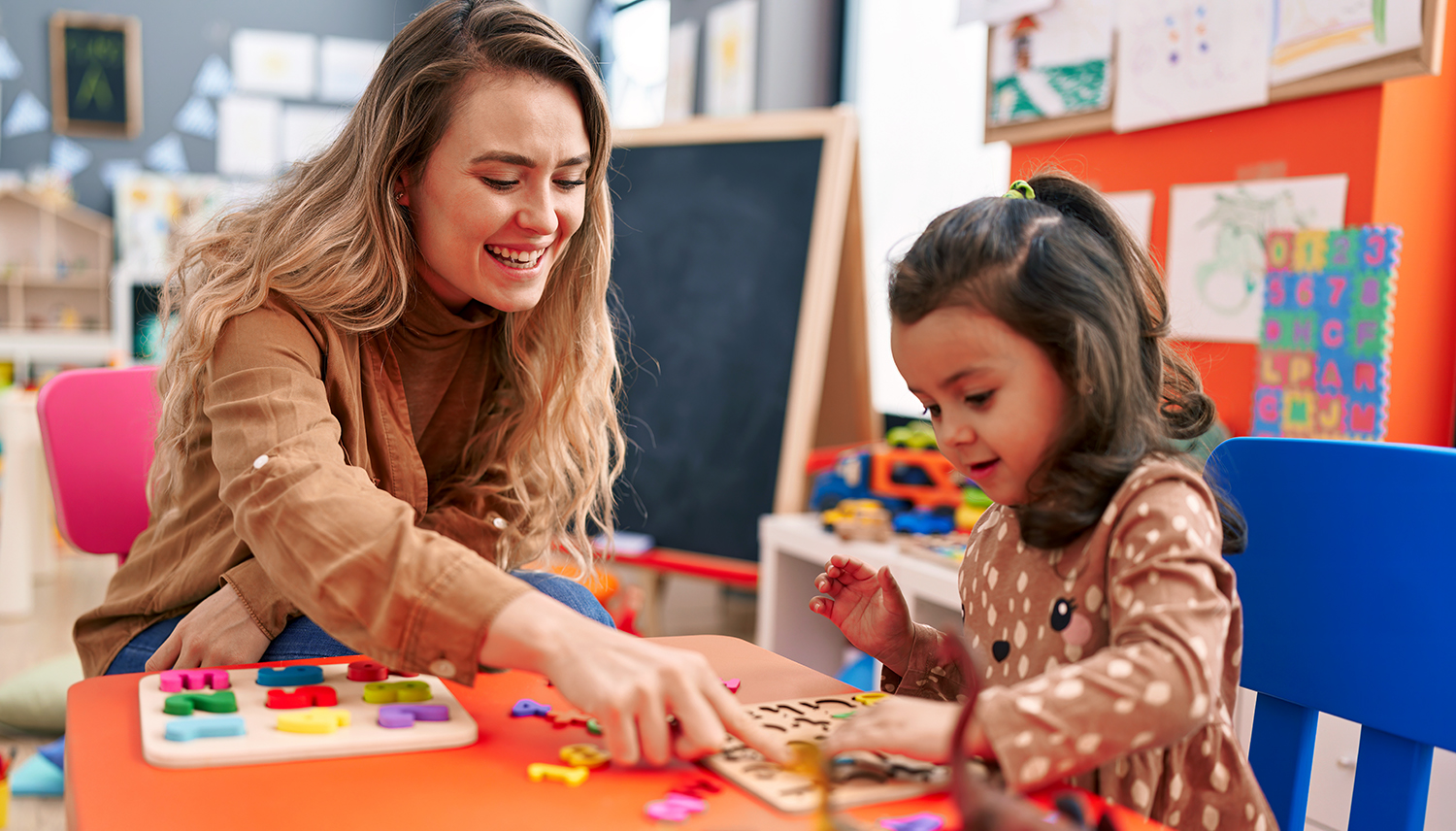Integration of the Montessori model in the public school
- Estitxu Elgorriaga, from Lesaka, is about to finish the master's degree on the pedagogical model created by the Italian educator María Montessori in the early 20th century. This teacher of Early Childhood Education has been in Mexico for a month, where she has met close to three centers that have been based on the Montessori model for a long time and has been working in her class since May of last year.
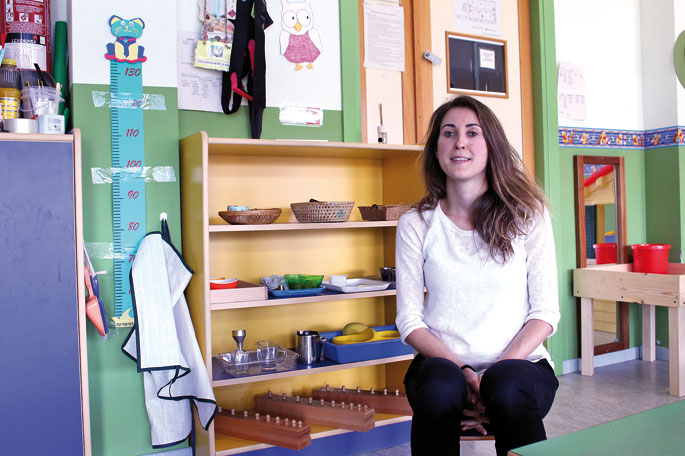
Elgorriaga has perceived in Montessori schools in Mexico a touch of home, and everything is adapted to the needs, capacities and measure of the children. In fact, one of the pillars of this model is the adapted environment: a learning environment, properly adapted, seeks the autonomy of the child, the elimination of the professor's dependence and, in some way, the appropriation of his education and development. “It is the teacher’s function to observe and order the class through this observation: if something does not work in class, one does not start thinking that it is the child’s fault, but realizes that the class is not well organized or that the material is not adequate. For example, if the child pulls the toy to the ground, because he doesn't know how to do it and gets frustrated, that material might not be suitable for the classroom and that age. If we achieve a well-adapted environment, the professor will barely intervene, and I have seen it in Mexico.”
Conscious attitude at all times
What is most striking is the attitude of teachers towards boys and girls. “The pedagogical approach to children is very much worked on in teacher training. Here they have less contact than with the students, they do not hug so much or hold them in their arms, but they breathe a lot of affection in the class; giving their hand, through their gaze... they treat children with a lot of respect, and the teacher always has a very conscious attitude, they are interventions and conscious looks. Here we live fast and pass that attitude on to the children, but there the teacher does not shout! He will approach, he will come to his level and speak to him in a modest way. Boys and girls take us by model, the low tone and behave in the same way. He speaks with sweetness and the children assimilate him, behave with respect, help themselves, help themselves, reassure themselves…”. And if the child is nervous, instead of “stopping”, they use other strategies to channel that nervousness through some activity, for example, the teacher will ask if it helps him out of the classroom and water the plants to the garden.
From concrete to abstract
In the classes visited there are children of different ages mixed in the same classroom (0-3 years, 3-6…), about 25 students and two adults per classroom: on the one hand, the Montessori guide (companion of the child) and on the other, the assistant (who will go to search when some material is missing, for example). The classrooms are divided into four main areas: In the space “Practical Life”, they have real tools of every day, spoons, tweezers, keys, glasses, broom… and, among others, manipulating and playing with them, they work the motor skills of hands and fingers, unconsciously useful for writing. The “Sensory Space” is aimed at working the senses (touch, ear, taste…). In the corner “Mathematics”, as in everything, the path of the concrete and the real to the abstract commands: “We’ve learned first that it’s 2+2=4, but Montessori’s model is the other way around, the child first has to touch, live the numbers, the abacus… and then he’s going to jump to abstraction; in the most advanced Elementary courses he’s going to take the mathematical sense to the cubes, etc., that are at stake in Early Childhood Education.” In the “Languages” section, from concrete to abstract: they have real apples in Montessori schools, drawing the image of the apple next door, and from there you will learn its name. Writing and reading also begin sensorially, drawing with your fingers letters in plain or rough paper (the teacher will tell you the sound and pronunciation of that letter), repeating it in the background, with chalk on the chalkboard and with the pencil at the end. All these spaces collect what is known as “Cosmic Education” (talking about Earth, plants, animals, human beings…).
Not very material, but with concrete objectives
“Here we usually use a lot of toys and materials, and there they have few things in class, but nothing is left, everything has a goal.” The room is prepared for all children to have some material at the same time, but there's only one of each material, and it's one way to learn to respect it: the child knows today that whatever has another can use it tomorrow. They use glass, wood and natural materials, just plastic, and they have a weight, a shape -- so that children feel and live. The materials also have controls for compliance, that is, the teacher hardly intervenes and the child can act autonomously. “The respect and care of the materials of the class is also very great, as the teacher handles them very carefully, little by little, the children internalize that it must be done. If something is broken, they replace it immediately, if the child sees that you use a book that is broken, because he will think he can break it.”
The teacher takes the material or the tool and presents to the children how he would do it to have the model. “For example, he will teach them to take the spoon, but then he will do it as the child wants. With the same language and/or math, give the model and then release it. It starts from the model and from the vital and, once internalized, children develop their autonomy, reducing their dependence on adults. When I was there, a 4-year-old boy fell to the ground and his glass broke. For no one raised his head (nor the teacher), the child picked up a broom of his size and picked up what he had broken.”
A Day of Study at Montessori Mexican School
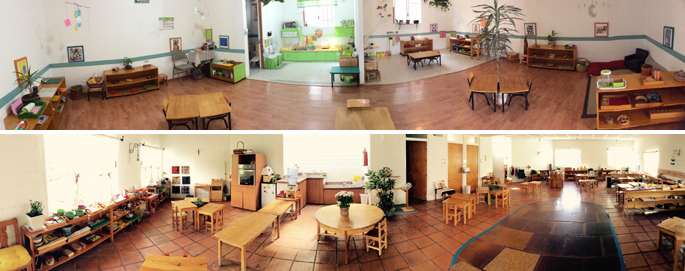
Children enter at 8 a.m., pick up a material and start acting on their own or in small groups. Each one has its carpet, laying on the ground and exercising to mark and respect its site, as well as to concentrate. They do this for two or three hours. “At first it seemed to me that the time was too long for the children of 3 years, but they feel at ease, they are free to decide whether they want to work languages, mathematics, if they want to pass the broom…” Then, they start preparing lunch, also on their own (including those of 2 years), “for example, they carry cakes and prepare beans, because the dishes, knives… are adapted to their measure.” Then the containers will be cleaned and they will go to the patio, and then they will do some exercise again, or they will be dedicated to music or English.
“A child may never want math. At the school I was in, the professor told me that it would be his duty to look for the interests of that child, for example, if he likes biology, to put mathematics into practice. Or sometimes you have to help them directly: ‘In grammar I think you can still work a little more on this, what if we worked together?’ But the basis is to guide the development of the child with his/her own interests, motivation and curiosity, so that he/she does not learn things compulsory, because we have forced him/her to read, that he/she does not end up hating reading”.
Applying what we have learned here, change is evident.
At first, Estitxu Elgorriaga thought he could make few changes in class without Montessori’s material, “but keeping the essence, observing and making a proper approach to children, you can change many things. I have changed attitude, tone, vision…, I try to use fewer words and speak more humbly to boys and girls, with another respect”. The first step of observation is self-analysis: “I’m coming on Monday and maybe I’m tired, because I’ve realized it, rather than concluding “how children are today!” Awareness, internalization and action along these lines are already a major step forward. The other day, for example, I realized that they were in silence, each by their side, and I didn't send them to silence, but when my attitude is the same, I transfer that to the room. You can’t require the child to be quiet when you’re nervous and have not taken steps to control that nervousness.”
Gradually, Montessori's philosophy takes shape in Elgorriaga's room. He says that before the room was full of materials and toys, and that many ended up lying on the ground; now they have less material, but with concrete goals. In addition, it uses them very carefully, and the children have also internalized it, take care of everything more. They told him how he was going to introduce glass materials into the room, that the kids would break them immediately, so they stay whole. “Or before I served the water to all the children and it was quite chaotic; now you have a jar and a glass and you manage to drink water. Is the land wet? They know where the scarf is and they dry it.”
But don't kids need agitation? “The child also needs silence. We think they live in a scream, but I see them calm and at ease alone or in small groups working.” After all, we have often accustomed them to the opposite, surrounded by stimuli and contaminated by the stress of the rhythm of life of adults.
With a view to the future, Elgorriaga’s objective is to integrate the Montessori model into public education and see its implementation feasible. “What the Infant Education curriculum says and Montessori’s philosophy agree: to achieve autonomy, socialize…”. He has confessed that Early Childhood Education is more open and gives us the opportunity to work freer, but he has reminded us that even Baccalaureate there are many schools in the world that follow the Montessori model. “In Euskal Herria it has been extended as an alternative and private model, but I have seen in the environment that there is desire and interest among teachers and parents, why not open it to public education?”
.jpg)
The Department of Education reported on diagnostic evaluations in February: He talked about the mid-stage of 2023 and the end-stage of 2024. Since the disastrous results would show that we have a structural problem, the department decided to comply with the procedure (publish... [+]
I found the old news on the LIGHT ephemeris channel: On April 23, 1918, Irish workers went on a general strike in I. Against forced recruitment for World War II. Thanks to the response of the workers and independence supporters, Britain was forced to retreat.
We don’t have to... [+]
We have had to endure another attack on our language by the Department of Education of the Government of Navarre; we have been forced to make an anti-Basque change in the PAI program. In recent years, by law, new Model D schools have had to introduce the PAI program and have had... [+]







